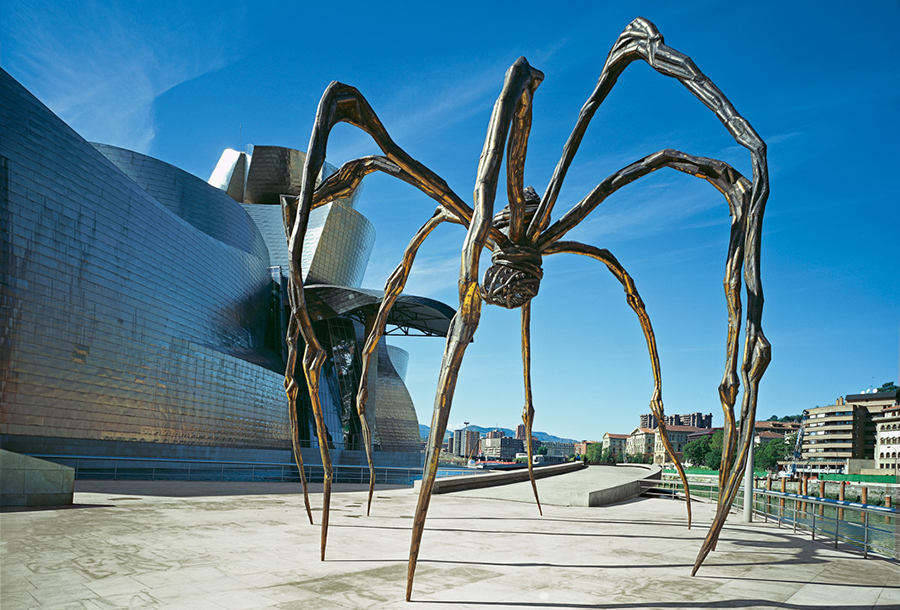Louise Bourgeois Spiderwoman & Sculptor of Maman while in her 80’s
Louise Bourgeois was a renowned French-born American artist and sculptor, best known for her contributions to both modern and contemporary art, and for her spider structures, abstract sculptures, drawings and prints. She was in her 80’s when she created her iconic giant spider as part of the Maman series.
She was nicknamed the Spiderwoman and in 2012 her sculpture titled Maman, sold for $10.7 million, a new record price for the artist at auction, and the highest price paid for a work by a woman artist. Maman resembles a spider, is among the world’s largest, measuring over 30 ft high and over 33 ft wide, with a sac containing 26 marble eggs.
Why did Louise Bourgeois make the Spider sculpture?
“The Spider is an ode to my mother. She was my best friend. Like a spider, my mother was a weaver. My family was in the business of tapestry restoration, and my mother was in charge of the workshop. Like spiders, my mother was very clever. Spiders are friendly presences that eat mosquitoes. We know that mosquitoes spread diseases and are therefore unwanted. So, spiders are helpful and protective, just like my mother.”
— Louise Bourgeois
Though she holds a place in current art history with famous works such as Maman, it was only only late in a long career that she was seen as a profound and influential female artist. She fought hard for this and had a history of activism. During the 1970s, Bourgeois was a member of the Fight Censorship Group, a feminist anti-censorship collective founded by fellow artist Anita Steckel that defended the use of sexual imagery in artwork. Her sculptures were viewed as intimate and overtly sexual, and were created during the most controversial period of American art.
Early Years and Trauma
Bourgeois was born on 25 December 1911 and was the middle child of three born to parents Josephine Fauriaux and Louis Bourgeois. Her parents owned a gallery that dealt primarily in antique tapestries. A few years after her birth, her family moved out of Paris and set up a workshop for tapestry restoration below their apartment in Choisy-le-Roi, for which Bourgeois filled in the designs where they had become worn.
By 1924 her father, a tyrannical philanderer, was indulging in an extended affair with her English teacher and nanny. According to Bourgeois, her mother, Josephine, “an intelligent, patient and enduring, if not calculating, person,” was aware of her husband’s infidelity, but found it easier to turn a blind eye.
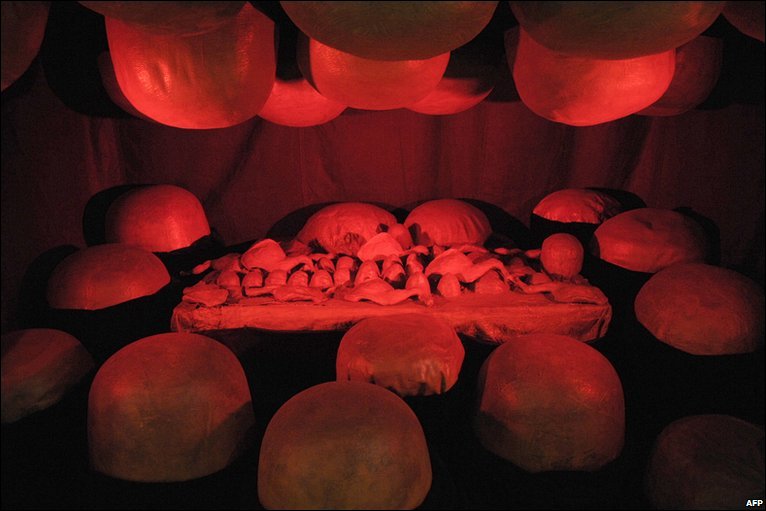
She was eleven when she witnessed her father’s betrayal of his wife and three children and this had a lasting effect on her. During this period, Bourgeois attended to her mother, who had succumbed to the Spanish Flu. This triangle of sexual infidelity and illness cast the young artist in the most inappropriate of roles—as voyeur, accomplice, and nurturer—the combination of which left her with life-long psychic scars.
This marked the beginning of her experience and pain with double standards related to gender and sexuality and this theme was expressed in much of her work. She recalls her father saying “I love you” repeatedly to her mother despite infidelity. She remarked, “He was the wolf, and she was the rational hare, forgiving and accepting him as he was.”
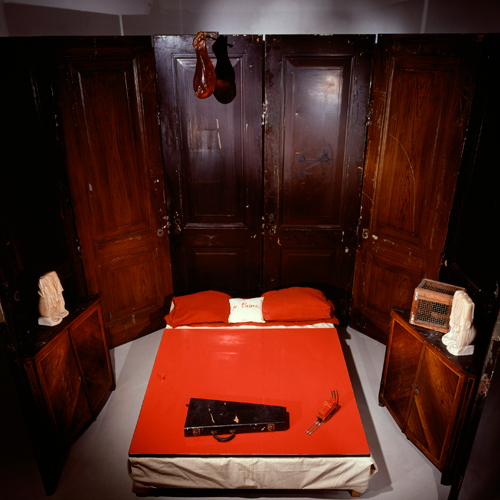
Bourgeois published a photo essay in Artforum magazine that revealed the impact of childhood trauma on her art.
“Everything I do,” she exclaimed, “was inspired by my early life.”
Her diaries, which she has kept assiduously since 1923, indicate the tensions between rage, fear of abandonment, and guilt that she has suffered since childhood. It is through her art, however, that she has been able to channel and release these tensions.
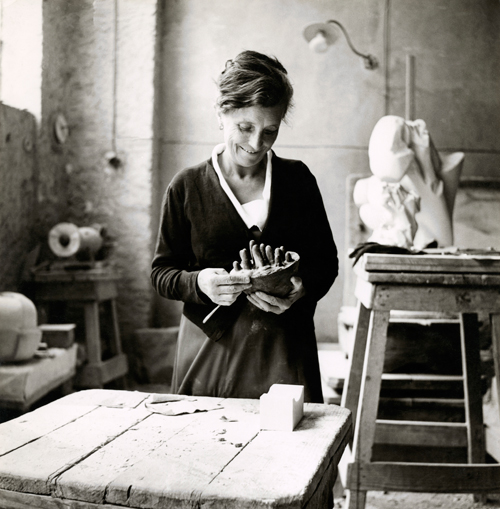
In the Business of Pain
“The subject of pain is the business I am in,” she said. “To give meaning and shape to frustration and suffering.” She added: “The existence of pain cannot be denied. I propose no remedies or excuses.” Yet it was her gift for universalizing her interior life as a complex spectrum of sensations that made her art so affecting.
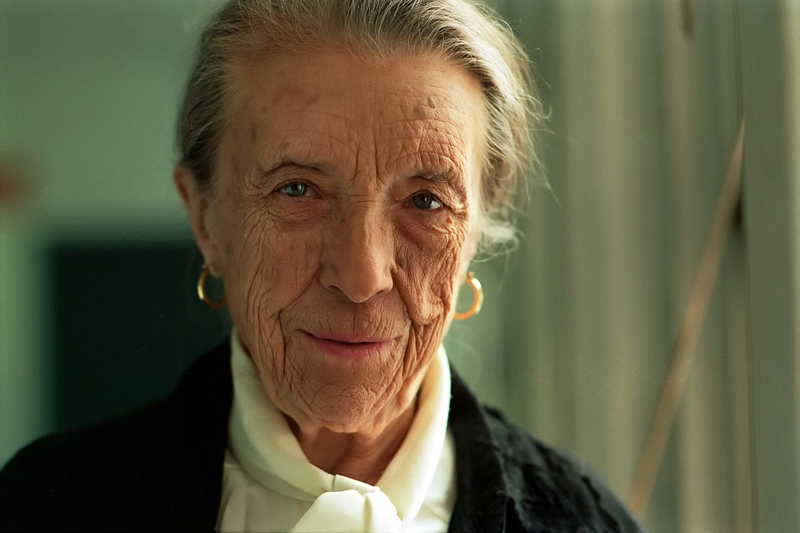
A Long Expressive Life
Bourgeois died of heart failure on 31 May 2010 at the age of 98. She had continued to create artwork until her death, her last pieces were finished the week before.
The New York Times said that her work “shared a set of repeated themes, centered on the human body and its need for nurture and protection in a frightening world.”
Her husband, Robert Goldwater, died in 1973. She was survived by two sons, Alain Bourgeois and Jean-Louis Bourgeois. Her third son, Michel, died in 1990
More on Bourgeois
wikipedia.org/wiki/Louise_Bourgeois

